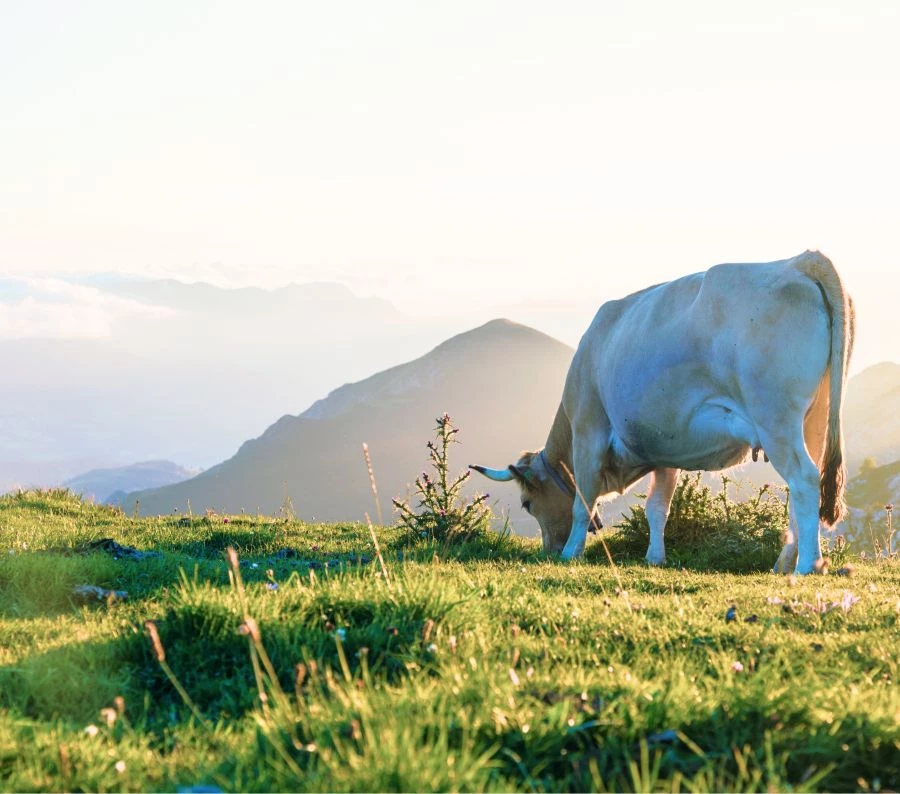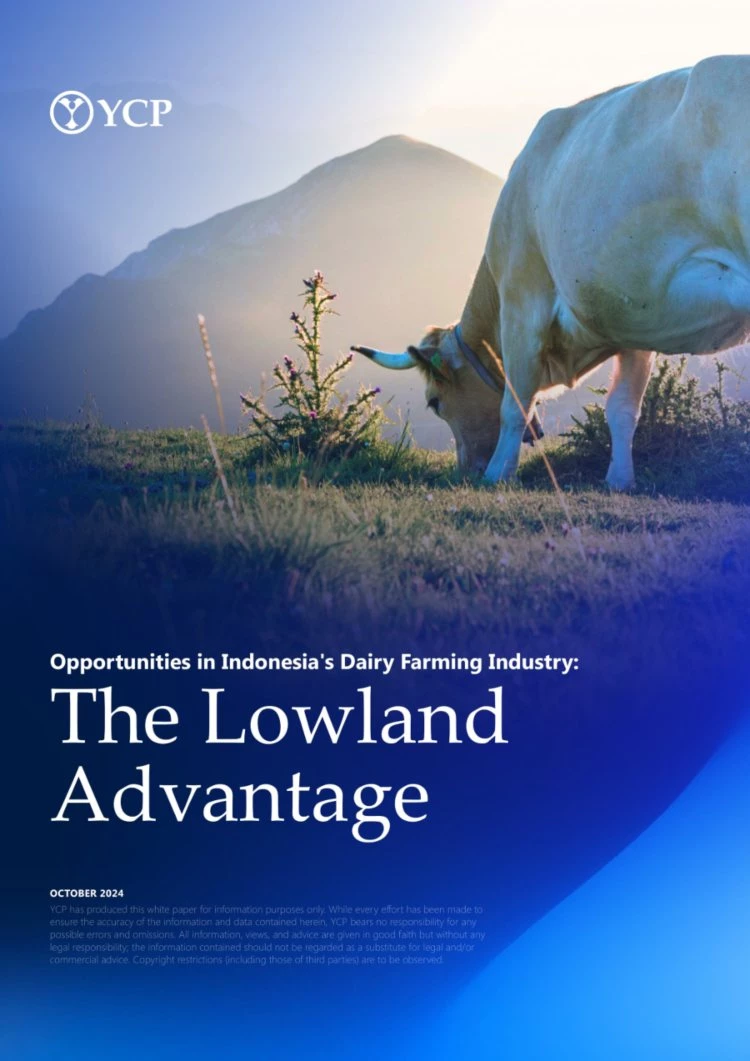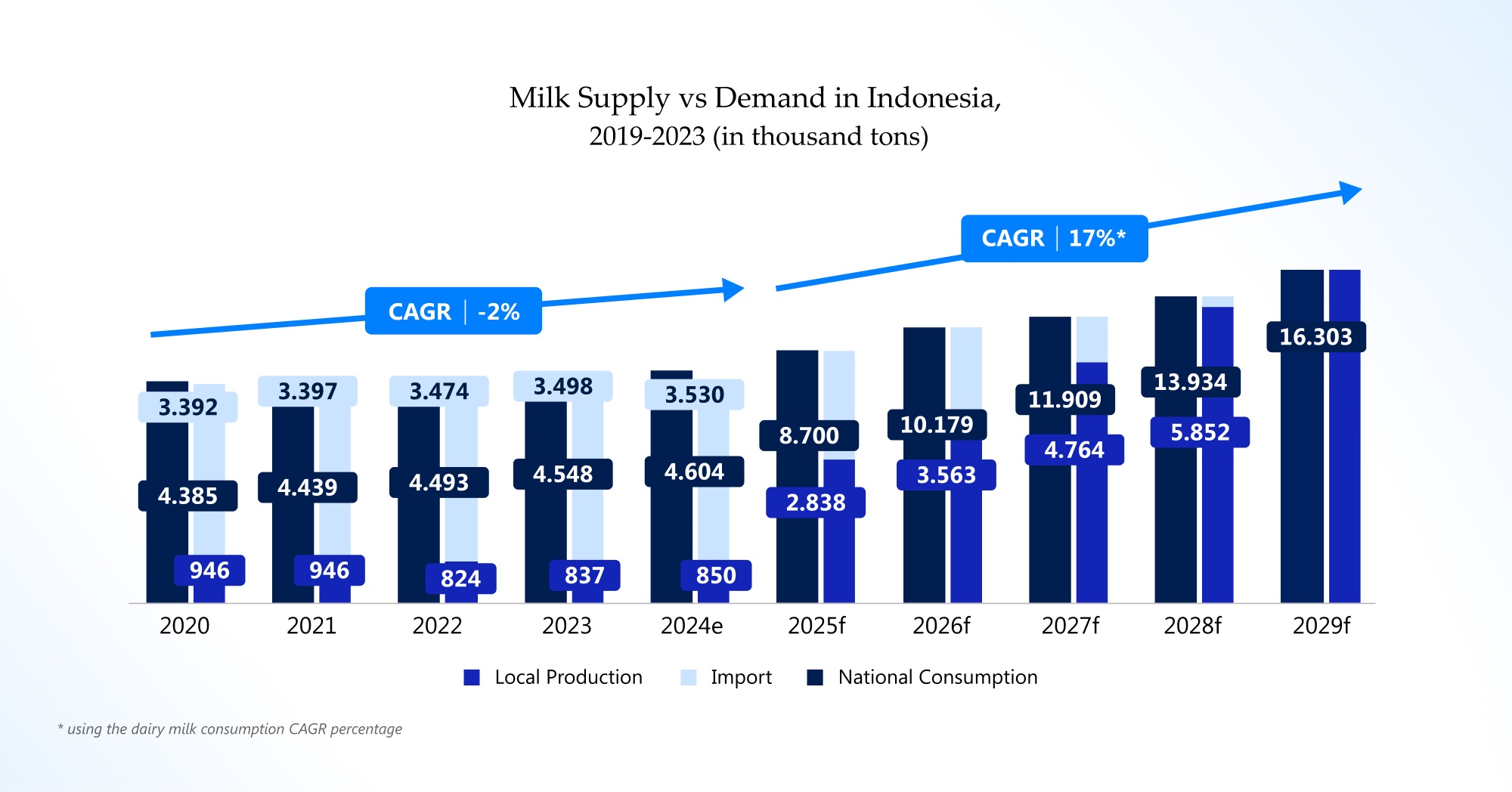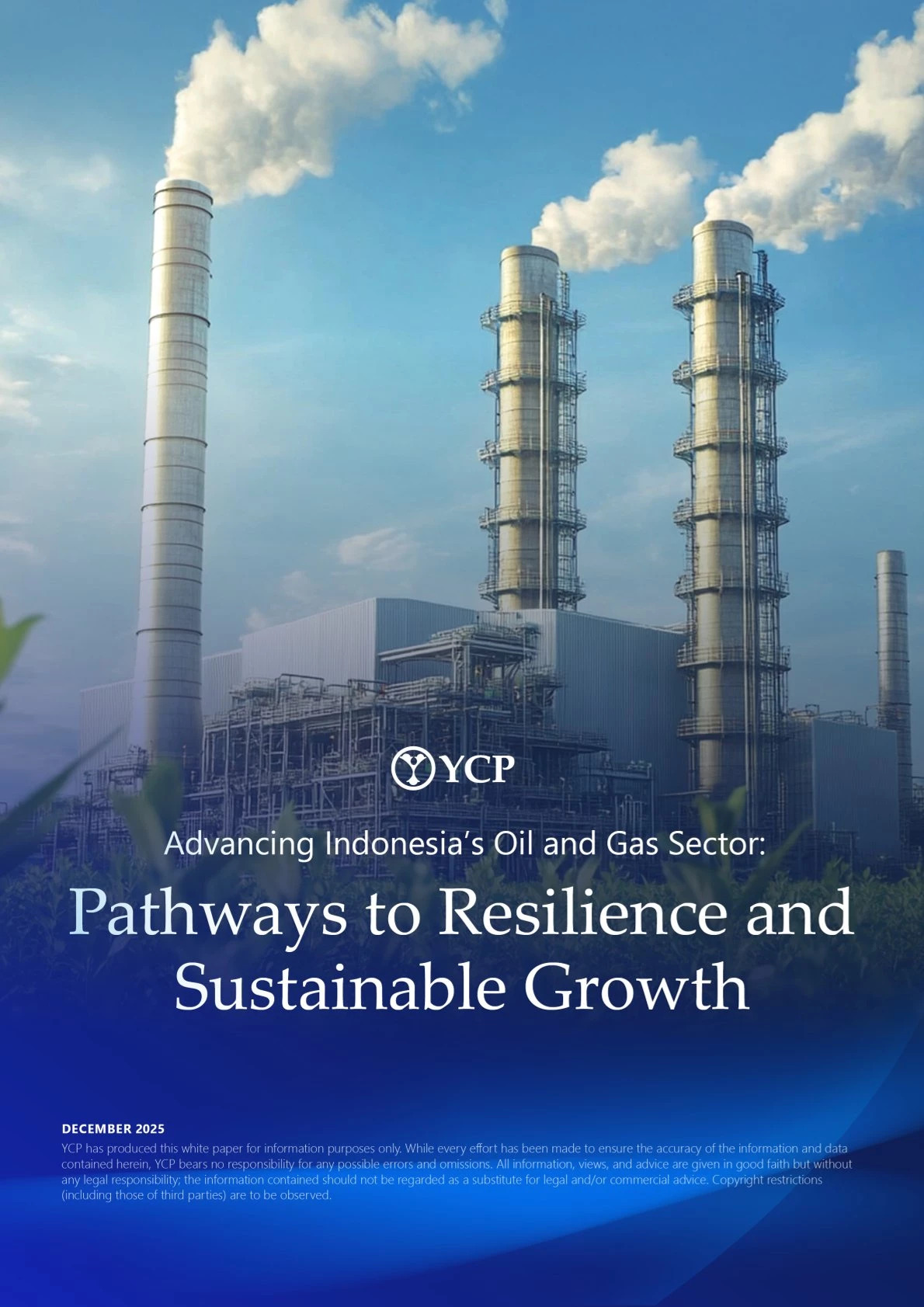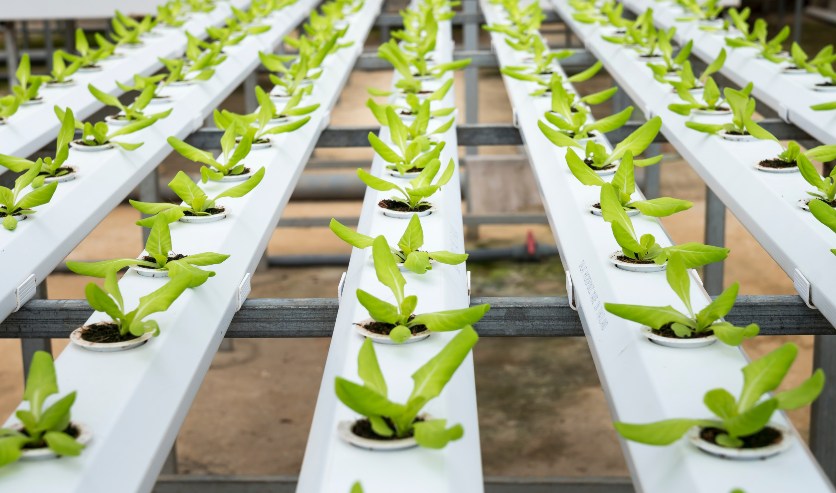The Indonesian dairy farming industry is slated for significant growth in the coming years, fueled primarily by increasing demand for milk and favorable government initiatives that aim to stimulate market growth.
Despite the challenges of milk supply and demand in Indonesia, where the projected decline is -2% from 2019-2024, the dairy farming sector is expected to rebound. The combination of high national milk demand and limited domestic production sets the stage for recovery, with experts predicting a 17% growth in Indonesia’s milk industry between 2025 and 2029.
This imbalance between supply and demand highlights the need for substantial milk imports to meet consumer needs. However, it also creates further growth and investment opportunities in the Indonesian dairy market.
Understanding Indonesia’s Dairy Farming Industry
The Indonesian dairy farming industry’s rapid growth is evident in the projected rise in national milk consumption, expected to reach 8.7 million tons by 2025, a significant increase from the 4.4 million tons averaged across 2020-2024.
The government's cattle import program, which aims to import 1.1 million cattle by 2025 to increase supply, will also support growth in the sector. Government Regulation No.11/2022, which allows non-state entities to import cattle, is expected to be a key catalyst in addressing the supply-demand gap and fostering further industry development.
While lowland dairy farms face challenges due to the THI (temperature-humidity index), they benefit from more favorable land conditions, better economic viability, and accessibility as they are closer to markets. In contrast, highland dairy farms provide the ideal climate for Holstein Friesian cows, but related challenges include topography issues, market inaccessibility, and inefficient processes due to a lack of water management and land preparation improvements.
A focus on technology, feed, market policies, and human resource capacity is essential to address challenges across dairy farms. Key strategies include optimizing cooling systems, improving shade and ventilation, and providing proper feed and nutrition to boost productivity and mitigate heat stress.
To address these challenges, our experienced team of professionals has outlined several recommendations, including increased investment in innovative technology and infrastructure, which will be critical to adapting to climate challenges and improving dairy farm efficiency. Additionally, managing emissions in line with Indonesia’s carbon exchange market and addressing the shortage of skilled professionals will be critical to the sector’s long-term success.
Download our free white paper to access more on the latest insights into Indonesia’s dairy farming industry and how stakeholders can capitalize on emerging growth opportunities.
